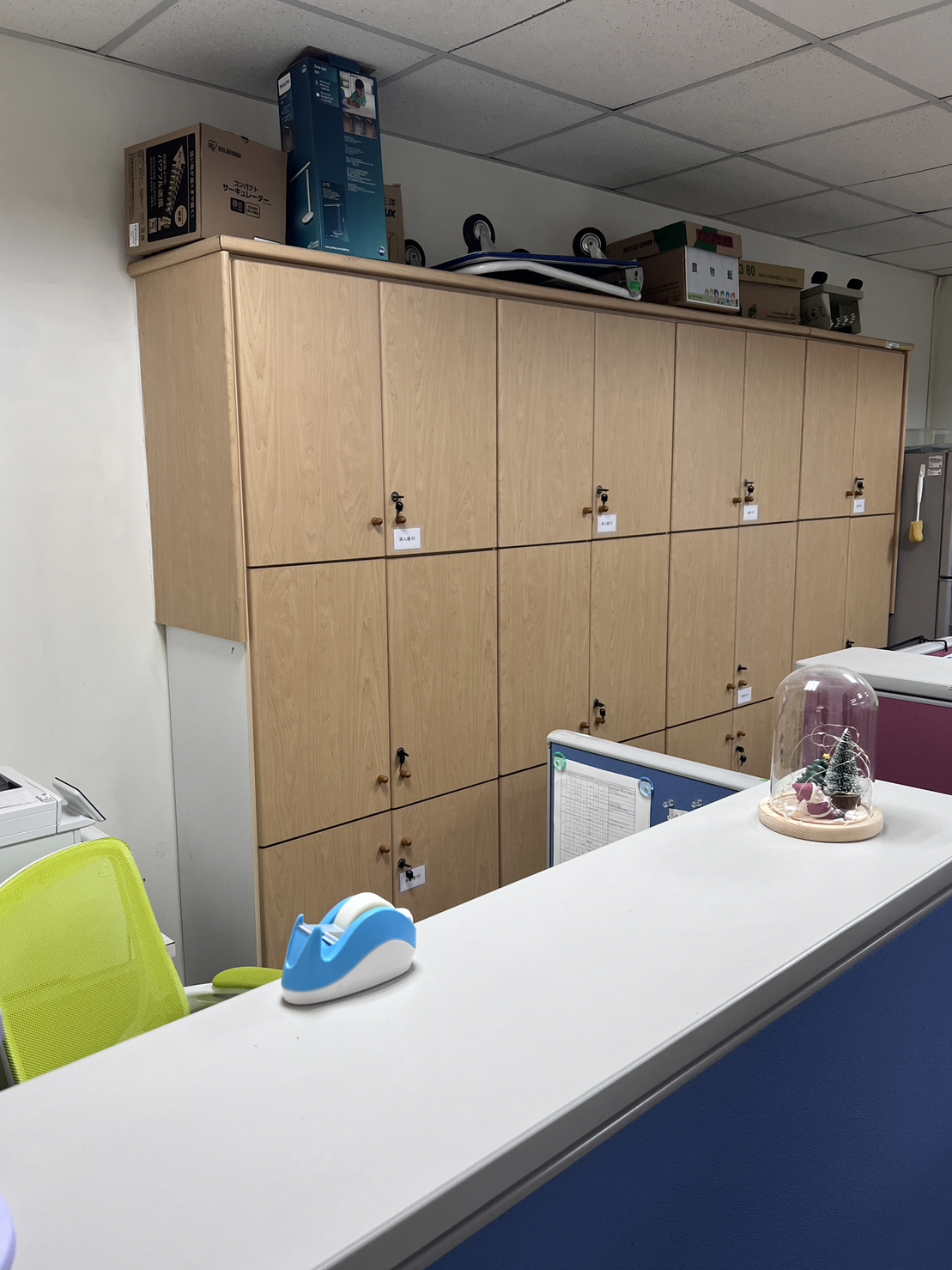Abstract
National Taipei University of Nursing and Health Sciences(NTUNHS) has aimed to be the most important university of nursing and healthcare in the Asia-Pacific region, and has dedicated itself to the field for years. The achievements have been students’ high pass rates of nursing licensure exams, high employment rates, and our outstanding alumni serving in leadership roles in medical institutions and healthcare facilities across Taiwan. The qualities of professional training and curriculum for the students in NTUNHS are on a par with those in the Western countries and have become a model of best practice in Taiwan. NTUNHS also export its educational resources to friendly countries, providing assistance on fostering medical and healthcare talents.
To implement the Program on Bilingual Education for Students in College (BEST), NTUNHS formulates its strategies strictly in accordance with the university’s short to mid-term strategic development plan of 110th-114th academic years. Quality assurance committee meetings are held regularly to check and improve course quality. In order to ensure the opportunities for students to acquire English as a Medium of Instruction(EMI) courses and sufficient preparation for EMI instructors, NTUNHS implements the BEST program within 5 major aspects, which are Institutional strategy and management, Teachers and courses, Students and learning, Quality assurance, and EMI Collaboration.
Institutional strategy and management
- The number/proportion of departments and colleges providing EMI courses: A total of 9 departments, 1 interdisciplinary college and 1 center have provided EMI courses (78.6%), exceeding the target values of 8 departments and colleges (67%).
- The number/proportion of students with advanced English proficiency: There are 93 students (4%) with advanced English proficiency, exceeding the target value of 70 students (3%).
- Increasing EMI teaching faculty number: A total of 5 EMI teachers were recruited, exceeding the target value of 3.
- The number of EMI courses in collaboration with foreign universities and institutions: A total of 9 EMI courses were provided, exceeding the target value of 8.
- Establishing the office dedicated to the BEST program: We now have a university-wide EMI center, as predetermined.
Teachers and courses
- The number/proportion of EMI teachers: A total of 50 teachers are considered as EMI teachers (24%), exceeding the target value of 49 teachers (23.5%).
- The number of teachers who received EMI training: A total of 53 teachers have received EMI training, exceeding the target value of 50.
- The number of ESL/ESP courses: We have reached the target value of providing additional ESL/ESP course 2 times.
- The number/proportion of EMI courses: A total of 58 (4%) EMI courses were offered, exceeding the target value of 56 (4%).
- The number of EMI/ESL courses provided by external institutions/organizations: We have reached the target value of providing 3 EMI/ESL courses from external institutions/organizations.
Students and learning
- (Indicator by MOE) percentage of English courses taught using EMI: 20.5% of the English courses were taught using EMI, exceeding the target value of 15%.
- Improvement of student English proficiency: 3.1% of the sophomores and 3.1% of the seniors have improved their English proficiency to the CEF B2 level, exceeding the target of 3% (both sophomores and seniors).
- (Indicator by MOE) The percentage of sophomores and first-year master students taking at least 1 EMI course: 5.2% of the sophomores have completed at least 1 EMI course, exceeding the target value of 5%. 5% of the first-year master students have completed at least 1 EMI course, reaching the target value of 5%.
- The percentage of students taking ESL courses against the total numbers of students in the four-year program: 53 students (3.87%) have completed ESL courses, exceeding our target value of 30 (3%).
- Recruiting foreign students with English proficiency at the CEF B2 level or above: All of our first-year master students from foreign countries are with English proficiency at the CEF B2 level or above (as predetermined, 100%).
Quality assurance
- The number of EMI quality assurance meetings: We have reached the target value of holding the meeting 2 times.
- The number/proportion of teachers participating in EMI training: A total of 22 people(10.4%) have participated the trainings, exceeding the target value of 10 people(5%).
- The number of EMI Teacher Professional Development activities held: We have reached the target value of holding these activities 2 times.
- The number of foreign university or institutions collaborating with us in EMI courses: We have collaboration with 12 institutions, exceeding the target value of 11.
EMI Collaboration
- Conducting EMI teaching sharing sessions: We have held 2 session while the target value is 1 session.
- International university accreditation and subject ranking: We are ranked QS five-star and 80th in ARWU ranking while the target value is QS five-star/ARWU top 100.
Two self-assessment measures were administered to evaluate the administration of EMI in our university. Firstly, both internal and external experts of EMI were invited to participate in the EMI quality assurance meetings, and faculty members and students who were interested in EMI were also included in the meetings. Second, 12 university-wide administrative evaluation meetings were held by our EMI project director, the president, to follow up on monthly administrative performances and reinforce cross-project connections within the university. Deans and directors of each academic and administrative departments are all included in the meetings. The views of the participating members are discussed and exchanged in the meetings, and rolling corrections and reevaluation are made every month to improve and promote the quality of the BEST project.
The website of NTUNHS’s BEST program:
https://iroffice.ntunhs.edu.tw/p/412-1013-2457.php?Lang=zh-tw

